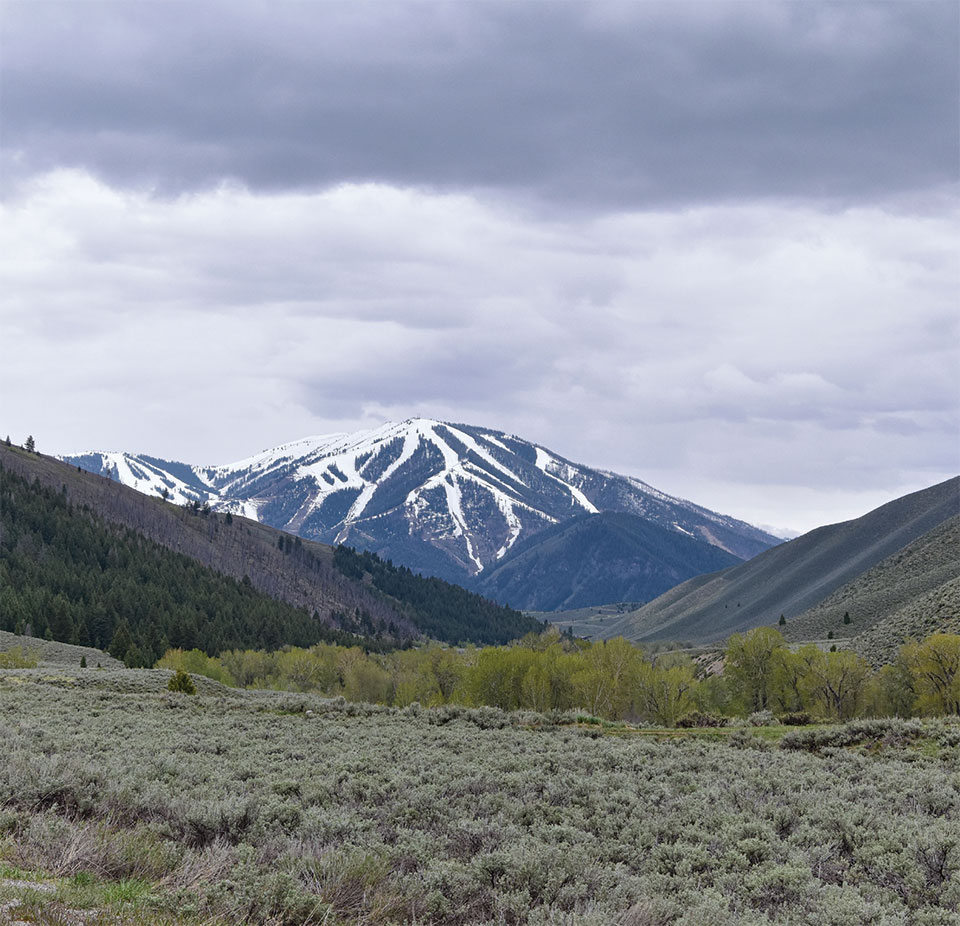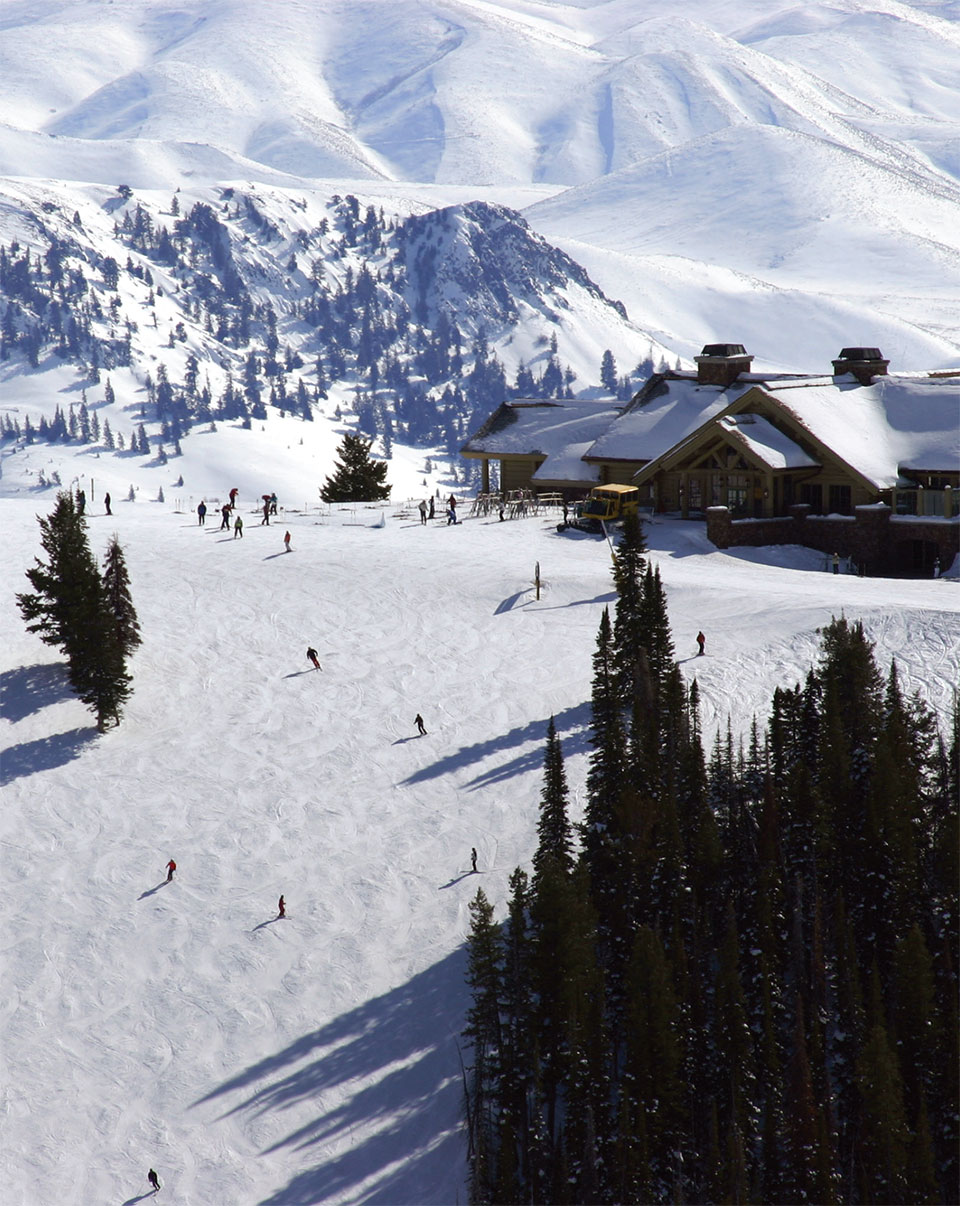A Look at Sun Valley’s Water Supply
by Cassidy Mantor
Saguaro cacti and layers of sun-bleached limestone. Barren, rusted landscapes. Southwestern skies from Georgia O’Keeffe paintings and Edward Abbey’s cloud studies. Dramatic Wylie E. Coyote-style talus slopes and cliffs dropping off into the Colorado River. The Grand Canyon. The red rocks in Sedona and Moab. Coachella. Palm Springs. Las Vegas. Arches and Canyonlands National Parks. The desert is an oft-romanticized part of the American West for good reason.
The landscapes are profoundly different from other more hydrated parts of our country, like Sun Valley, a mountain playground with such reliable snowfall that it hosted the Winter Olympics in 1951. Except that sitting at an elevation of 5,850 feet with an annual rainfall averaging 14 inches, Sun Valley resembles more of a high mountain desert than a lush alpine climate. For comparison, the average annual rainfall for the U.S. is 30 inches.
Sitting at an elevation of 5,850 feet with an annual rainfall averaging 14 inches, Sun Valley resembles more of a high mountain desert than a lush alpine climate. For comparison, the average annual rainfall for the U.S. is 30 inches
We are familiar with marooned travelers thirsting their way through the Mojave or Sonoran Deserts to find one drop of water. When we think of Sun Valley, we think of delightful skiing in exceptionally pleasant weather and a refined mountain culture. Although we may find ourselves fending off winter static and reaching for more moisturizer to ease dry skin in the colder months, Sun Valley does not invoke images of the cracked land and arid climate of the desert Southwest. But we should make that association. The Idaho Department of Water predicts more extreme weather to come that will result in lower snowpack and less rainfall in the summer. Agriculture will be affected, not to mention the increase in wildfires. Developing best practices for water use is a major consideration for the Sun Valley area, especially as it continues to grow.
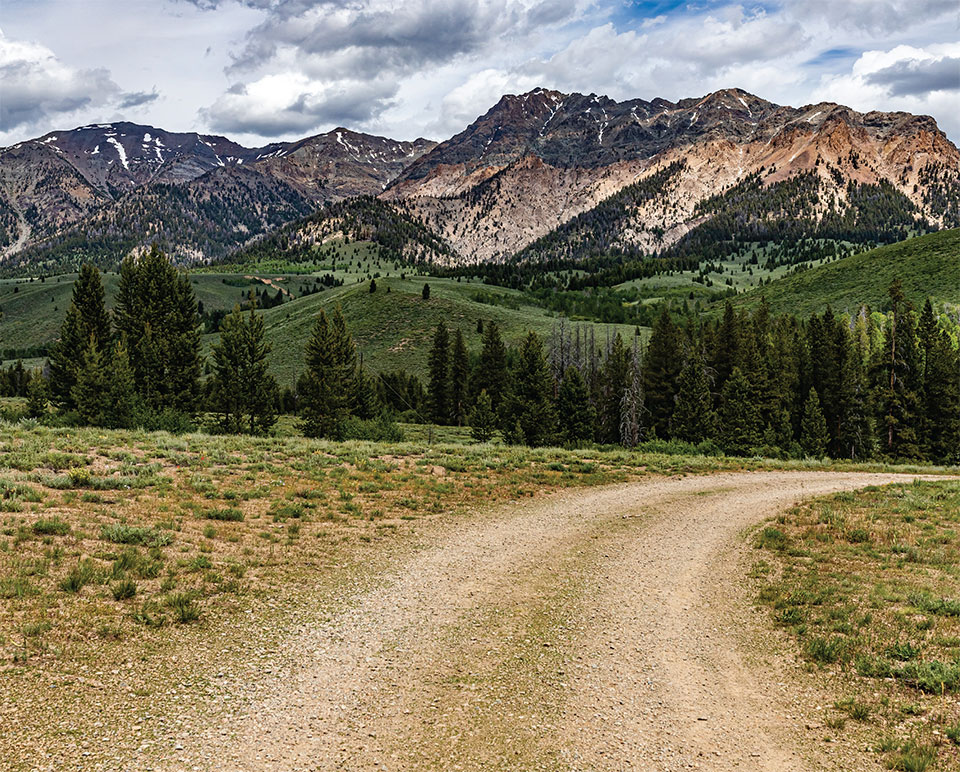
It’s a shocking proposition, but equally surprising is how frequently Idaho is in a state of drought. In April 2022, the U.S. Drought Monitor – a resource managed in partnership with NOAA – classified Blaine County in extreme drought.
Where does our tap water come from?
Drinking water in Sun Valley comes from six ground wells in the Trail Creek and Big Wood River drainages. With a year-round population of under 20,000 people and six water sources, it seems like water shouldn’t be a major concern. Irrigation ordinances were in effect over the summer, prohibiting sprinkler use at the height of the day.
So why are we talking about water now? The BLM estimates that the Upper Snake River Basin’s reservoir is filled to 88% capacity and there’s been flooding. With data like that, it is easy to relax into a false sense of security about water in Sun Valley. In reality, the area is in such good water health because of a combination of diligent conservation and education efforts and extra precipitation from last year, something that was good for water reserves (and skiers!) but does not happen every year.
At the risk of sounding like an environmental Chicken Little, adopting widespread water conservation practices will help Sun Valley save every last drop until the next big year. In 2022, Blaine County initiated a water conservation outreach campaign designed to educate and reduce consumption. Conservation practices reduce costs of supplying water and prolong the life of the municipal water infrastructure. Using less water also reduces our impact on the environment and preserves resources for future generations who live, work, and play in and around Sun Valley.
It’s a shocking proposition, but equally surprising is how frequently Idaho is in a state of drought. In April 2022, the U.S. Drought Monitor – a resource managed in partnership with NOAA – classified Blaine County in extreme drought. Water has always been one of the most precious resources in the West. Now, as more people make Sun Valley home, WHJ is leading a discussion on responsible water use and conservation. You built your dream house here because you loved the place. Now it’s time to understand how to take care of the place and what it will take to keep the dream alive.
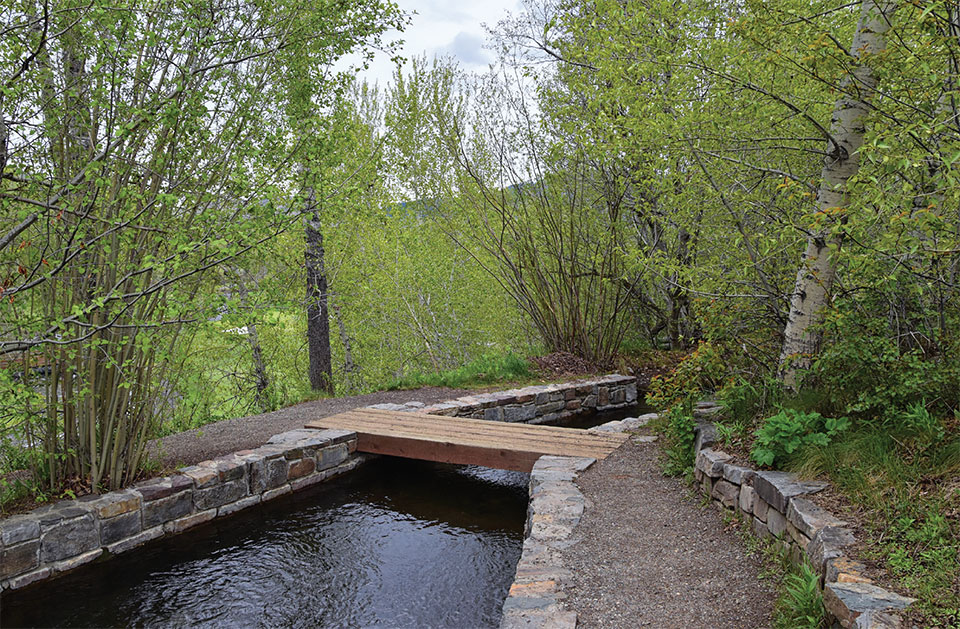
Representatives from Sun Valley, Ketchum, Hailey, Bellevue, Blaine County, and the Wood River Land Trust partnered with citizens to create guidelines for sustainable water use.
What Can You Do?
Smart landscaping is one of the main changes that we all can make to support the environment. In 2018, the City of Sun Valley passed a resolution that set forth best practices in landscape irrigation for the Wood River Valley. Representatives from Sun Valley, Ketchum, Hailey, Bellevue, Blaine County, and the Wood River Land Trust partnered with citizens to create guidelines for sustainable water use. Soil composition, vegetation, mulch, and irrigation practices are outlined with explanations for why they are best practices – like mixing soil with compost since the Wood River Valley’s soil does not hold water but compost does.
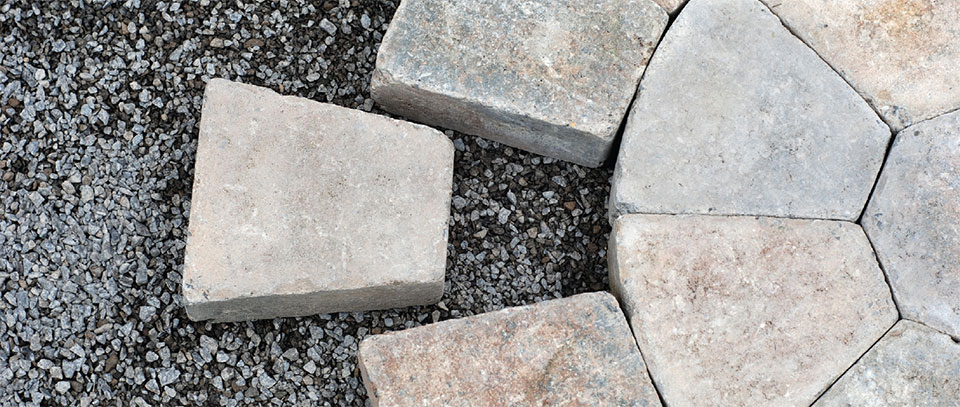
Pavers can divert rainwater and be laid to capture water and provide natural irrigation.
With a significant portion of water being used for landscape irrigation, the city’s resolution lists trees, shrubs, and xeriscape grasses that will thrive in this climate. Hardscaping is another responsible way to add visual interest and benefit the environment. Pavers can divert rainwater and be laid to capture water and provide natural irrigation. Renovating and remodeling with high-efficiency shower heads and appliances and evaluating sprinkler and irrigation systems are also ways to prioritize water conservation in the home.
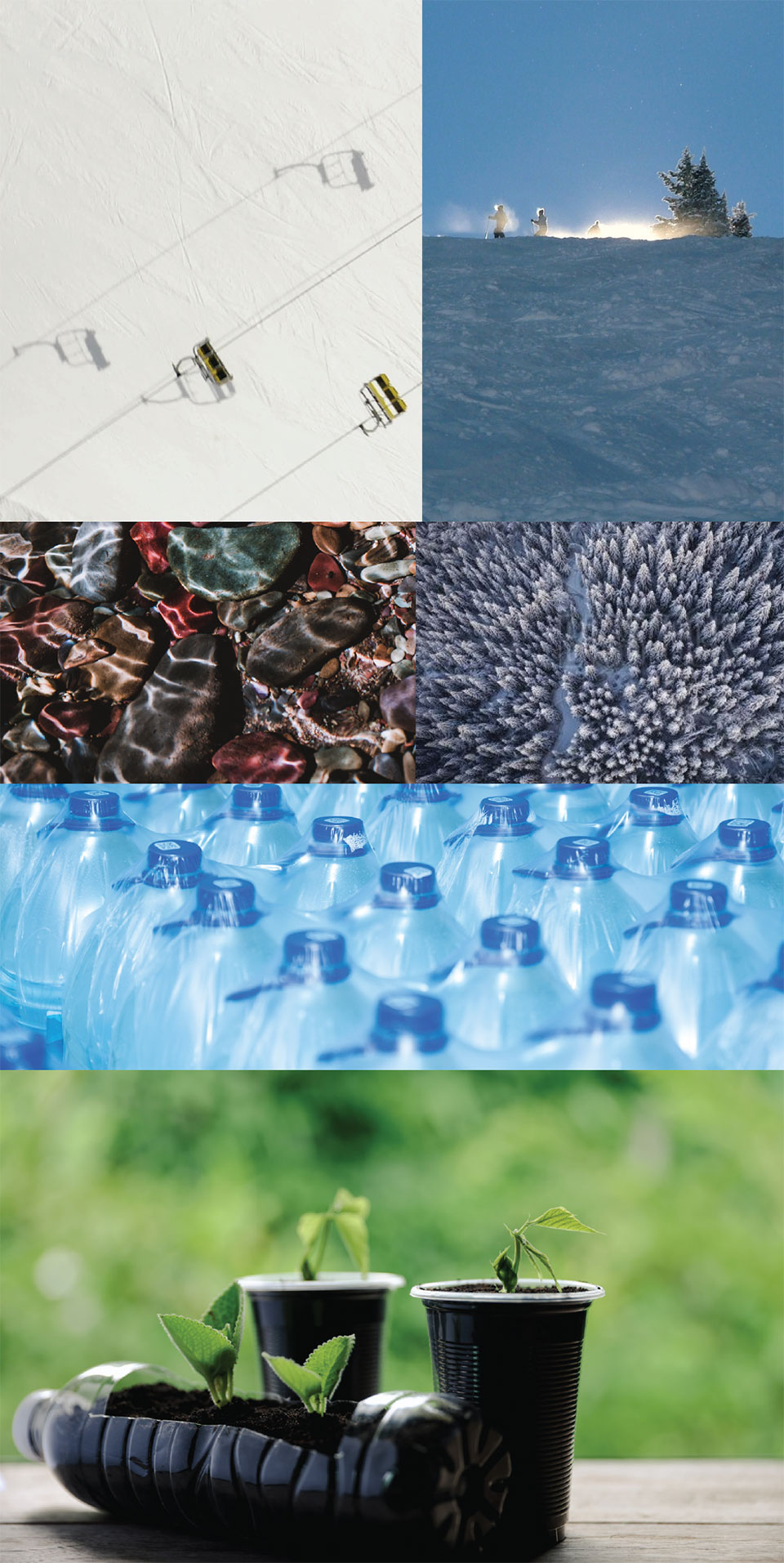
Small Changes Add Up
We’ve become accustomed to switching single-use plastic for reusable water bottles. Opting for no straw or using a compostable one minimally affects our lives but has a positive impact on the greater environment. Planting differently, composting, and educating ourselves on water use will lead to becoming more responsible citizens. Water doesn’t just come from our taps. The sooner we shift our consciousness, the longer we will be able to enjoy the places we have come to love.
